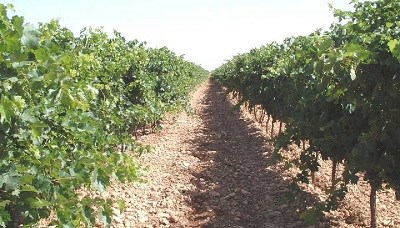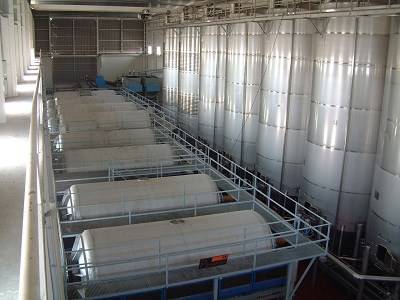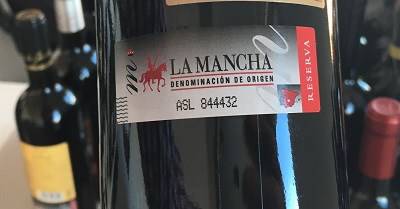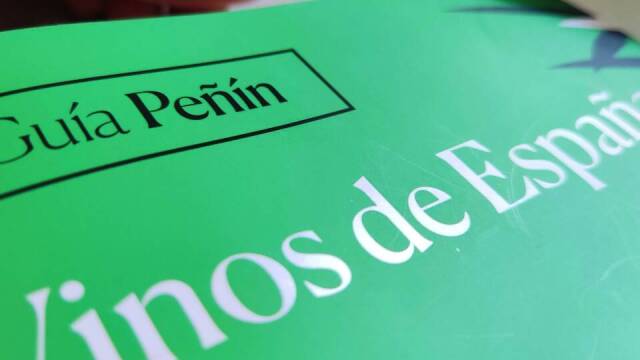The exaltation of the fruit as a main attraction
The tendency in these wines is usually to enhance the fruit and its more primary aromas, often far removed from the varietal concept that it represents, although there are also wines that, in addition to their youth, show their varietal character.
If the category of young wines in the D.O. Mancha can maintain a qualitative stability, the wines with ageing are just the opposite. It happens to us that the assessment of some wines with short ageing, such as an oak, appear dominated by the barrel and they lose part of that primary and fruity character that, in part, they should maintain. This is because during the ageing process, technology and, therefore, the massive control of the wine are removed. The barrels chosen for ageing are not always the best, as we must remember that many wines are marketed at ridiculously low prices, so the cost of ageing must be as low as possible for the wine to remain profitable. As we extend the ageing times, the wines become more unstable, thus we can see how the ageing of the wine will accelerate exponentially, much more than it should.
The crianzas and reservas show nuances of wines that are supposedly longer-lived than they should be since the grapes used do not manage to withstand the ageing to which they are subjected. However, there are always exceptions, such as Clavis Reserva 2012 from the Finca Antigua winery or Cánfora Pie Franco Reserva 2016 from Bodegas Campos Reales, the two best-scoring wines out of the 189 tasted, which obtained 92 points. Quite graphically, only 3% of the wines tasted reached at least 90 points, a particularly low percentage. We understand that the model chosen by La Mancha producers is a very profitable model and that is why most of them have not considered it necessary to include these more premium wines.
Mancha and bar wine at low prices
The D.O. Mancha has the ability and the strength to be present in each and every one of the counters of a large number of local bars throughout Spain, which has allowed it to massively sell its product at very low prices.

 Log in
Log in











